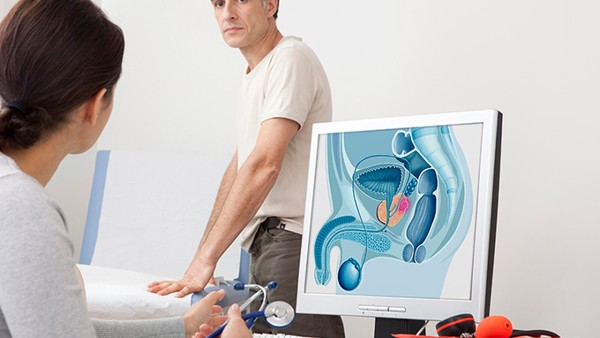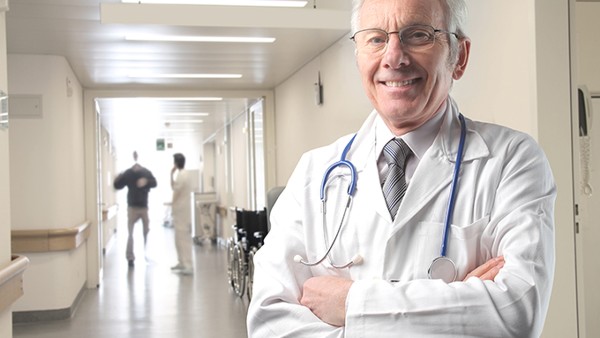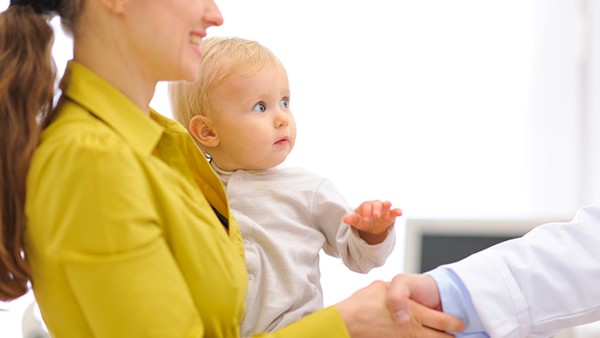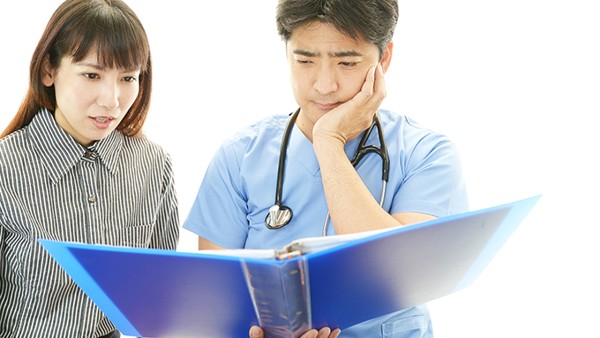How to Identify Tuberculosis

Tuberculosis (TB) is a bacterial infection that can affect any part of the body, but most commonly affects the lungs. It is spread through the air when someone with TB coughs, sneezes, or speaks. TB can be a serious illness, but it is treatable.
Symptoms of TB
The symptoms of TB can vary depending on the part of the body that is affected. However, some of the most common symptoms include:
A persistent cough that lasts for more than 2 weeks
Chest pain
Coughing up blood or mucus
Shortness of breath
Fatigue
Weight loss
Night sweats
Fever
Chills
How to Identify TB
If you have any of the symptoms of TB, it is important to see a doctor right away. Your doctor will ask you about your symptoms and medical history, and they will perform a physical examination. Your doctor may also order some tests, such as a chest X-ray or a sputum culture, to help diagnose TB.
Chest X-ray
A chest X-ray is a type of imaging test that can help your doctor see the inside of your lungs. If you have TB, your chest X-ray may show signs of inflammation or damage to your lungs.
Sputum Culture
A sputum culture is a test that can help your doctor identify the bacteria that are causing your TB infection. To perform a sputum culture, your doctor will ask you to cough up a sample of sputum. The sputum will then be sent to a laboratory, where it will be tested for the presence of TB bacteria.
Treatment for TB
TB is treated with antibiotics. The antibiotics are taken for a period of 6 to 9 months. It is important to take the antibiotics exactly as prescribed by your doctor, even if you start to feel better. If you do not take the antibiotics for the full course of treatment, your TB infection may not be cured and you may develop drug-resistant TB.
Drug-resistant TB is a type of TB that is resistant to the antibiotics used to treat TB. Drug-resistant TB is more difficult to treat and can be more dangerous than regular TB.
Preventing TB
There are a number of things you can do to help prevent TB, including:
Getting vaccinated for TB. The TB vaccine is available for free to all children in the United States.
Avoiding contact with people who have TB.
Wearing a mask when you are around someone who has TB.
Covering your mouth and nose when you cough or sneeze.
Washing your hands frequently.
If you have any questions about TB, please talk to your doctor.
The above is all the content that the editor wants to share with you. I sincerely hope that these contents can bring some help to your life and health, and I also wish that your life will be happier and happier.
Topic: #to #how #tuberculosis













